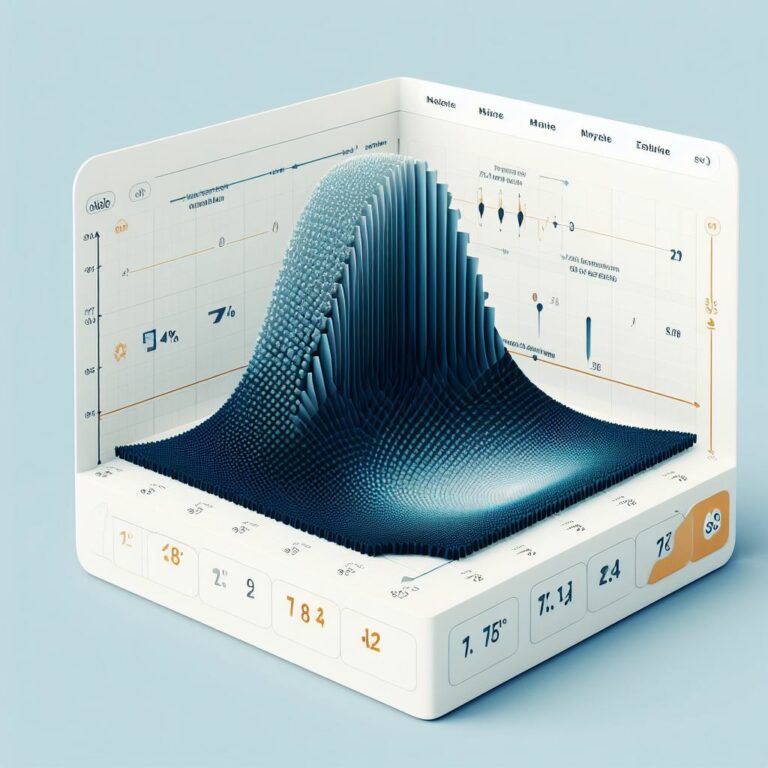Binomial Distribution Calculator
Introduction to the Binomial Probability Calculator The Binomial Probability Calculator on GigaCalculator is a versatile tool designed to assist in computing various aspects of binomial distribution and probability. Not only…


